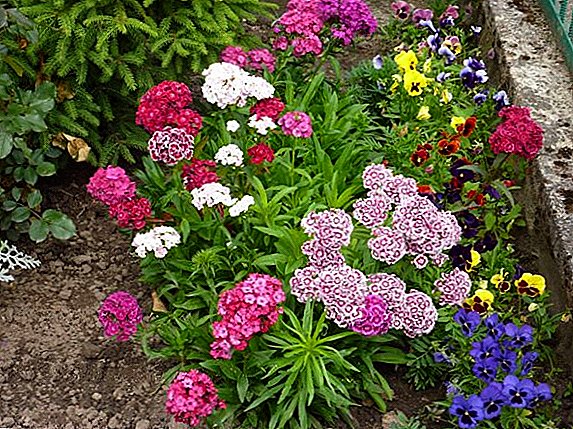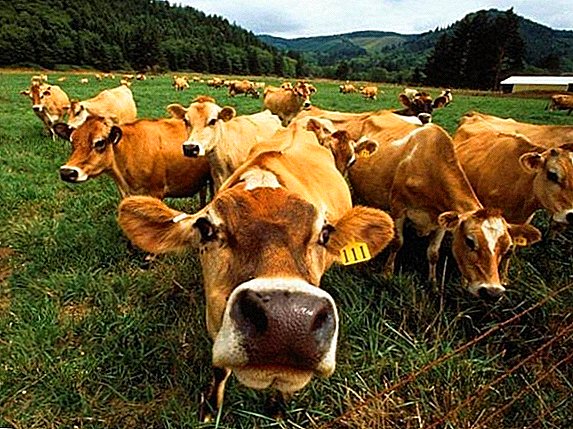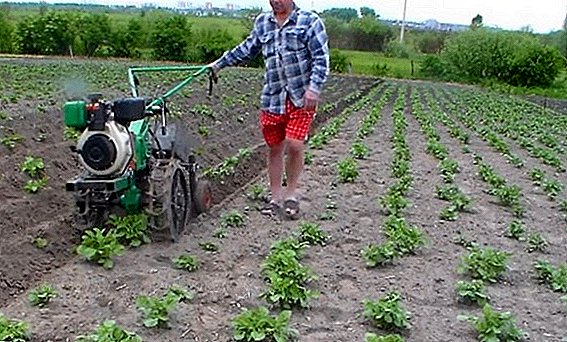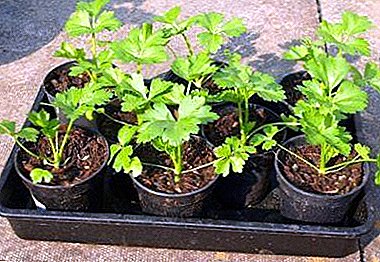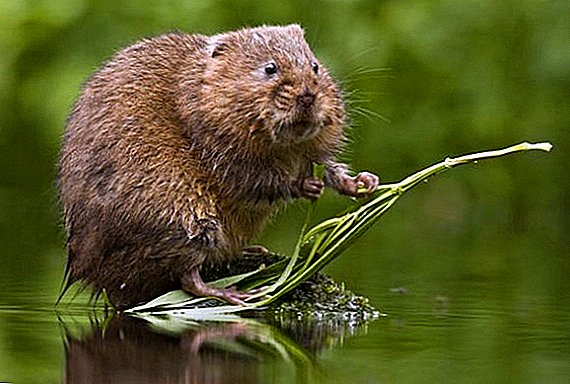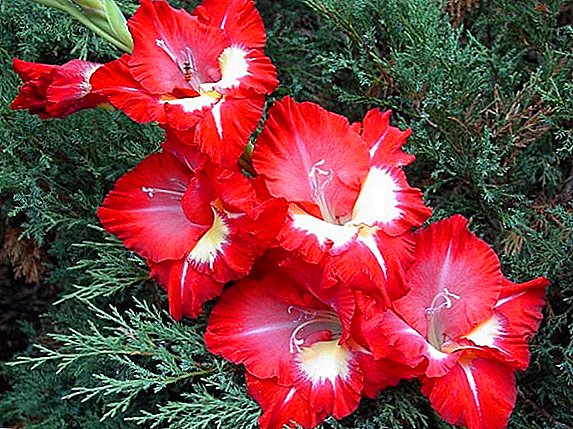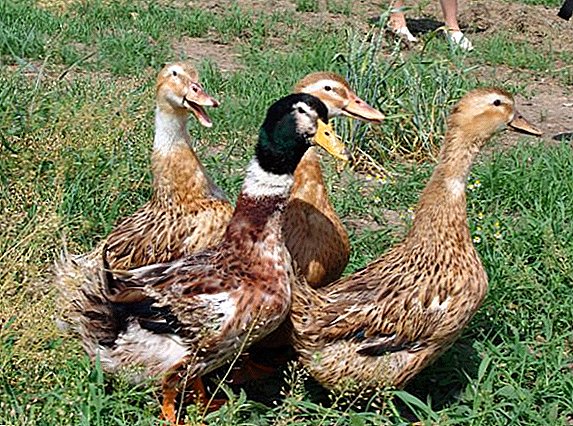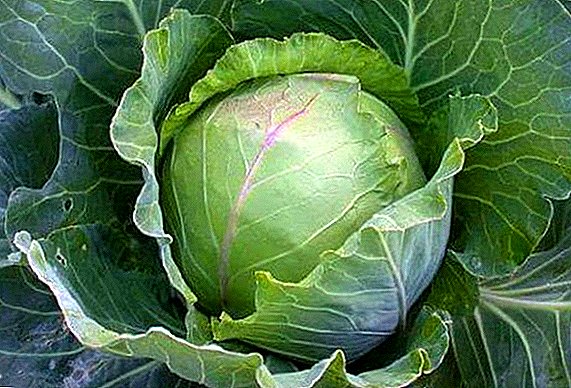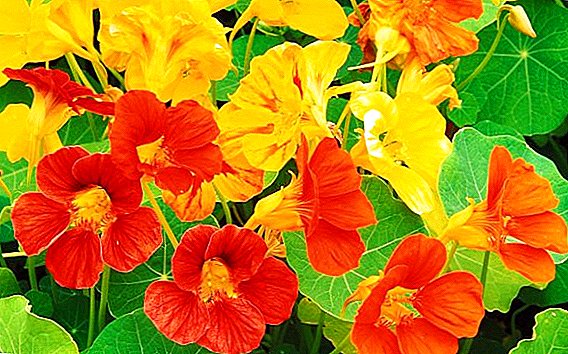
Year-round greenhouse business is a promising undertaking for farmers.
Indoors, you can grow greens, vegetables, flowers, berries.
The choice of crops depends on the region and the level of competition.
It is necessary to consider profitability, volume of investments, the cost of electricity, climate and other important points.
Year-round greenhouse as a business
How to grow in a greenhouse all year round? Get harvests whole year can only be erected capital winter greenhouses. The structures can be erected on a wooden or galvanized metal frame. Winter greenhouse for business should have a foundation, its thickness depends on the climatic conditions of the region.
Greenhouse in winter as a business covered with polyethylene will cost the cheapest. However, the film coating has several disadvantages: brittleness, poor transparency. The film will have to be replaced every season, which will significantly reduce the profitability of the structure. Film greenhouses are suitable for growing moisture-loving crops: cucumbers, tomatoes, peppers. Greens, strawberries and flowers do not need high humidity, which creates a film.
Glazed greenhouses are more durable, but their construction will cost more. For greenhouses need not domestic, but tempered industrial glass, it is much more resistant to weather conditions. Minus glass greenhouses - an excess of ultraviolet. On hot and sunny days, plants will have to pritenyat to avoid burns.
 Perfect option - greenhouse covered with sheets of acrylic or polycarbonate.
Perfect option - greenhouse covered with sheets of acrylic or polycarbonate.
They are durable, easy to cut and bend, taking any shape.
Polycarbonate skips the sun's rays, suitable for even the coldest regions.
Suitable for industrial cultivation lean-to designs.
This form provides uniform lighting and does not allow the snow to linger on the roof.
It is desirable to make the northern wall of the greenhouse opaque by laying it out with a bar or cinder block. A blank wall will create a solar panel effect, saving on heating costs.
The construction must be equipped with a ventilation system., climate control and automatic drip irrigation. A double door or a vestibule is needed at the entrance area, this will protect the plants from the cold in winter.
The most important issue for year-round greenhouses - heating in the cold season. To save, you can combine the usual methods of heating with biofuels. For heating, you can use wood stoves, fires, electric boilers, infrared cables. Most often, farmers combine several methods.
Industrial greenhouses have impressive dimensions. The most common area - from 500 square meters. m to 1 ha. For strength inside the structure are mounted bearing columns. Farm greenhouse may have more modest dimensions. For vegetables and flowers it is worth building structures of 150-200 square meters. m, greenery suitable greenhouses in the 100-120 square meters. m
Choosing a culture
Experts are unanimous: it is most profitable to grow flowers in a greenhouse. The second place is greens, the third is vegetables. Good chances for those who decided to bet on berry crops, above all, strawberries.
The choice of a particular culture for cultivation depends on many factors:
- The level of competition in the region. Before you start work, you need to find out what other entrepreneurs grow. It is worth considering that in summer and early autumn, the profitability of the greenhouse business falls due to an increase in the supply of soil crops.
- Consumer preferences. Stake on what is in high demand. Novice farmers should grow the most popular crops that are easier to implement.
- Level of initial investment. It is cheaper to build a small greenhouse for greenery. Grow flowers much more expensive, they are demanding for heating, lighting, size of greenhouses.
- Climate. The colder the region, the less profitable greenhouse facilities are due to high heating costs.
Characteristics of popular cultures
What is profitable to grow in the greenhouse all year round? In the greenhouse most often grown flowers, tomatoes, cucumbers and other vegetables, herbs or strawberries. Let us dwell on this in more detail.
- Flowers The most popular option for farmers is hybrid roses. They are in stable demand and not too demanding on the conditions of detention. Requires quality planting material, timely watering and fertilizer. With one rose bush per year, you can cut up to 250 flowers. In greenhouses, chrysanthemums, a variety of potted crops, ampelous compositions of annuals and flower seedlings are successfully grown.
- Greenery. Perhaps the cultivation of green onions, parsley, dill, lettuce, cilantro, various herbs. The most cost-effective option - the cultivation of green peat pots in which they go on sale. Such greens are stored longer, the margin on it is higher, consumer demand is stable at any time of the year.
- Tomatoes and cucumbers. Profitability is average, very dependent on the season. It is more profitable to grow vegetables by hydroponic technology in containers with a nutrient solution. The method reduces the growing season, but affects the taste, tomatoes are watery. Ground vegetables are much tastier, but their maintenance in the greenhouse is more expensive. Tomatoes and cucumbers are demanding to the composition of the soil and watering.
- Other vegetables. Thermophilic cultures are often grown in greenhouses: eggplants, zucchini, sweet and hot peppers. To shorten the growing season, it is recommended to plant seedlings in the greenhouse. Vegetables need frequent replacement of soil and fertilizers, they are well stored and transported.
- Strawberry. In demand throughout the year. It is more profitable to grow berries using suspended Dutch technology, which saves space in the greenhouse. Strawberry does not tolerate transportation.





Main costs
Winter greenhouse, as a business requires substantial initial investment. These include:
- Buying or renting land. Price depends on distance. It is worth considering that far away farm increases transportation costs.
- Construction and equipment of the greenhouse. The most expensive option is a fully automated construction with climate control, drip irrigation, auto-ventilation, fogging and shading.
- Purchase of planting material. The cheapest option is to buy seeds. Podroshchennaya seedlings and cuttings for the stock of flowers are more expensive. In the future, in the greenhouse, you can allocate an area for the constant cultivation of seedlings for yourself and for sale.
- Registration of a farm or SP. It is necessary for entrepreneurs planning active work with retail and attracting employees. A small greenhouse on its own plot does not need registration, but it limits the ability of the farmer to find buyers for the products.
In addition to one-time expenses, farmers wait and monthly expenses. These include:
- spending on heating, lighting and plumbing;
- purchase of fertilizers;
- fare;
- salary of employees.
Profitability
 Experts estimate the average profitability of a winter greenhouse at 20%.
Experts estimate the average profitability of a winter greenhouse at 20%.
When breeding flowers and greenery it reaches 30% and higher profitability vegetable greenhouses - no more than 15%.
Payback periods depend on the size of greenhouses and the level of demand.
To get the maximum benefit from the greenhouse business, you must:
- Correctly choose a culture for growing. Undemanding greens are suitable for beginner farmers, and flowers or strawberries for more experienced farmers. Vegetables should be grown only in regions with a temperate climate and low competition.
- Build a quality greenhouse, which will not require annual repairs. Buildings from the decommissioned window glass for business will not work.
Think over the issue of lighting and heating. - Choose cultivation technology. Soil technology is too expensive, the culture grown in hydroponics, do not like consumers. Compromise option - suspended growing or rack technology. Layers of soil are placed in tiers, each equipped with lighting and irrigation system. Strawberries can be grown in special mats placed in vertical or horizontal plastic sleeves.
- Control the composition of the soil. Greenhouse business requires frequent replacement of soil, with continuous cultivation and dense planting, it is quickly depleted. It is necessary to apply fertilizer every 2 weeks.
- Use cultivated varieties for growing in greenhouses. They are resistant to diseases, differ in the shortened vegetation period and excellent yield. It is recommended to bet on 2-3 most popular varieties, eliminating the constant experiments with new products.
Greenhouse business can be successful and provide the owner with a constant profit. In order not to be disappointed, it is important to analyze your capabilities long before the start, draw up a detailed business plan and think through the issues of product sales.


